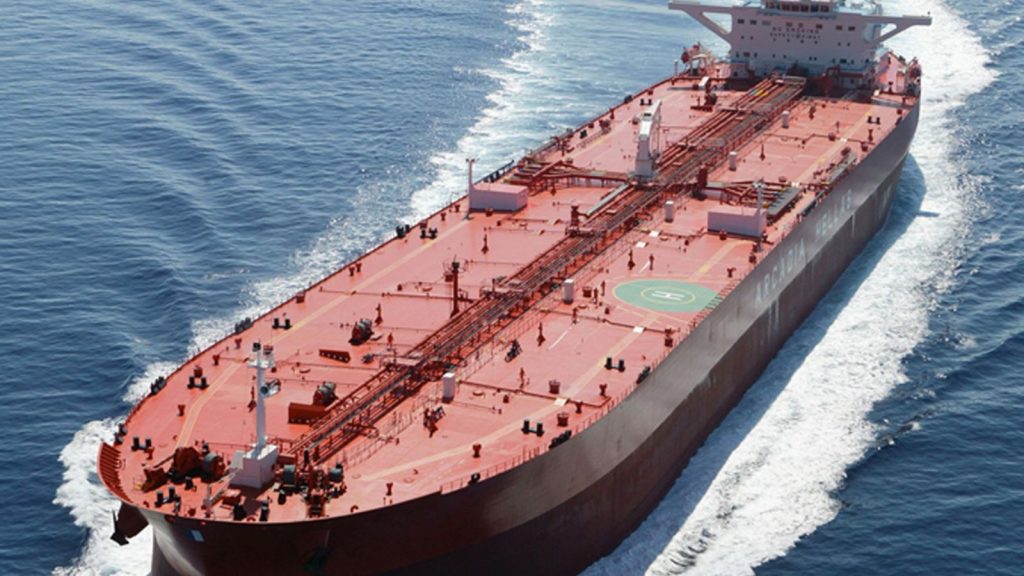The dry bulk shipping industry remains on the road to recovery, as demand continues to keep its nose just ahead of fleet growth, while scrapping and ordering remains subdued, according to a recent report by BIMCO.
Says Mr Peter Sand, Chief Shipping Analyst, “The improved fundamentals during 2017 are clearly seen in the freight rate levels during the first four months of 2018. Freight rates for Handysize, Supramax and Panamax went up by 25-27 per cent as compared to the same period of last year. All three sectors moved from loss-making average earnings in the full year of 2017 to a profitable level in first four months of 2018.”
However, “Capesize freight rates improved by only 5 per cent as compared to the same period last year…”
In a summary, he pointed out that “what could upset the recovery is the looming trade war between the US and China that has caused a lot of commotion already, including within the dry bulk shipping industry… Even though, it isn’t officially a trade war yet—the uncertainty it creates amongst shipping industry participants is very real.
“Will we see Chinese stockpiling of Brazilian soyabeans, in order to reduce tariffed imports from the US later in the year? The coming months will tell us. Right now, we know that China is importing from anywhere but the US. But be aware that this is simply normal seasonality—almost no soyabeans are exported from the US into China in second and third quarter of the year.
“Beyond that, Q2 is expected to bring on more cargoes overall in need of transportation. Brazil and Australia will both grow its exports of iron ore, whereas soyabean exports will grow out of Brazil while slowing out of the US. All due to seasonality.
“Coal, wheat and coarse grains are likely to stay flat from Q1. Looking into exports in Q3, grain trades are likely to grow, due to larger growing areas, good weather conditions and large harvests anticipated. Wheat from Russia and Ukraine and corn from Brazil will lift shipping demand.
“In recent years, we have heard a lot about the closing of Chinese steel mills which, in turn, should reduce production capacity. At the same time, we have seen an almost unchanged production level. The fact is that the capacity that has been closed and currently is being closed comes from old and unutilised facilities. Instead, China builds new mills that are using higher quality imported iron ore.
“In Q1-2018, China produced 5.4 per cent more crude steel than in Q1-2017. Growing production by 10.8 million tonnes for the quarter. This three-month growth compares to one month of production by the world’s second largest producer, India, at 9.3 million tonnes,” Mr Sand ends.






